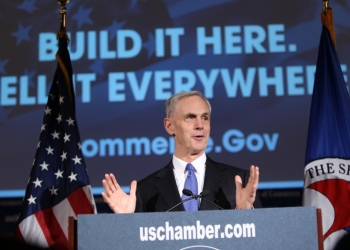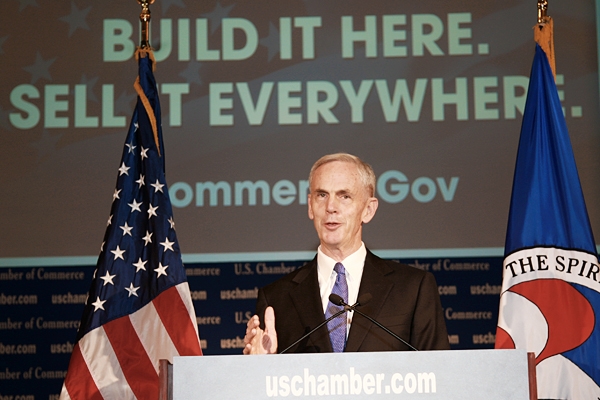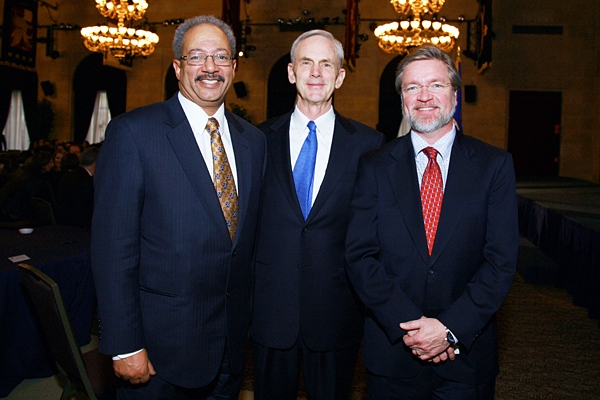U.S. Commerce Secretary John Bryson today laid out his vision for how the Department of Commerce can best partner with the business community to support the president’s jobs agenda at a speech at the U.S. Chamber of Commerce. In his remarks, Bryson outlined his top three priorities to help American businesses "build it here and sell it everywhere," focusing on supporting advanced manufacturing, increasing our exports, and attracting more investment to America from all over the world. The former Chairman and CEO of Edison International, Bryson also served as a director on the boards of Boeing and the Walt Disney Company, and as a senior advisor to the private equity firm KKR, and he spoke about his experiences in the private sector and how the Department of Commerce is uniquely situated to support job creation.
“At the Commerce Department, we aren’t waiting to act. . . .We have a major role to play at this critical time to support job creation in America. We have an array of tools to help make our businesses more innovative, more efficient, and more competitive around the world,” he said. “I want to know how this administration and the Commerce Department can best help you. From these conversations, my discussions with the president and my own personal experience, I will prioritize one simple imperative. . . to help American businesses build it here and sell it everywhere.”
The Secretary's remarks at the Chamber marked his first major address, laying out his vision for the Department, focusing on manufacturing, exports and investing in America. Read about the new or recently announced Commerce Department initiatives to support these priorities. Press release | Remarks | Video








Comments Closed
Due to increased spam, comments have been closed on this content. If you wish to comment about the content, we encourage you to email webmaster@doc.gov.